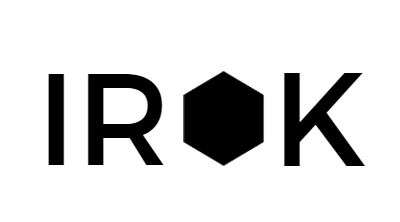I remember some of the most satisfying flow states I’ve experienced were days in my graphic design course in high school. I spent hours immersed in a concept I was crafting in photoshop. When I was finished, and it received praise from my teacher and others, it was a deeply satisfying feeling. I had a tangible art piece that came from thoughts and random neuron firing (that’s all creativity really is, see my post "The Philomath's Dilemma V2"), harnessed by my hands putting it onto a computer screen. Most instances of a flow state followed by deep personal fulfillment come from something that leads to tangible evidence of the work put in during the flow state. There are many opportunities for this in school. Art class, English essays, plays, projects, presentations. But in adult life, you must seek it out yourself. I’ve envied engineers and designers and artists because this is a default occurrence in their careers. They’re creators. Tangible evidence of their work is the only way for them to continue on with those careers. It’s very black and white whether they’re doing well or not so well in those careers (except maybe artists, where output is much more ambiguously valued on a personal vs. general level). There is tangible evidence of their work in the form of an app, home, website, machine, product, or otherwise, that either sparks user adoption and revenue or it doesn’t. They can look at something or touch something that made someone’s life better and say “I built that”.
So what gets managers, leaders, and strategists off? How do we reach that sense of fulfillment without a tangible product that was shaped with our own hands? Can we achieve second-hand fulfillment from the team we led in shaping that product? Can it be as strong? I was an engineer for over 2 years before moving to product and strategy. Nothing was more satisfying than discovering a bug or getting a feature request from stakeholders and being able to dive into the code and fix it right then and there, with my own hands, and display the fix in the same meeting. It felt powerful having the ‘doing’ power that no one else in the room had, especially considering their deep reliance on the product's success. That was fulfilling.
But with great ‘doing’ power came a lot of dictating and micromanaging. It was a constant “Add this” “Fix this” “Change this”, all focused on very minute, tiny things that made me feel like I was becoming increasingly separated from the product’s mission and north star. Tweaking a button color or moving a label too many times will do that to you. Of course, this wasn’t always the case. We solved many challenging, interesting problems. We replaced the entire deposits system for a 30-year-old bank with 30-year-old tech, not an easy feat. But considering we were the only hands capable of shaping the perfect gem they wanted, much of the specs were nitty-gritty gripes from the executives. That’s when I realized I couldn’t always be the low-level, front-line creator. I needed to step back over that line, and do the high-level thinking of product direction and strategy.
I miss the tangible evidence that came with being a builder, but I’ve been able to shift my sources of fulfillment. It now comes from the success of my engineering team in completing and releasing a robust sprint, the feature I prioritized yielding beneficial results, the designers I led creating a compelling UX, the users/clients I support providing positive feedback, the process I implemented becoming an effective productivity machine, the startup I'm helping build hitting hockey stick growth.
Maybe the fact that I used to be a creator provides the contrast for me more so than others. But I believe they are vastly different career focuses that cater to different personas. It’s valuable to know what works best for you and which you can harness the most fulfillment from. Because that’s all any of us are lookin for.
